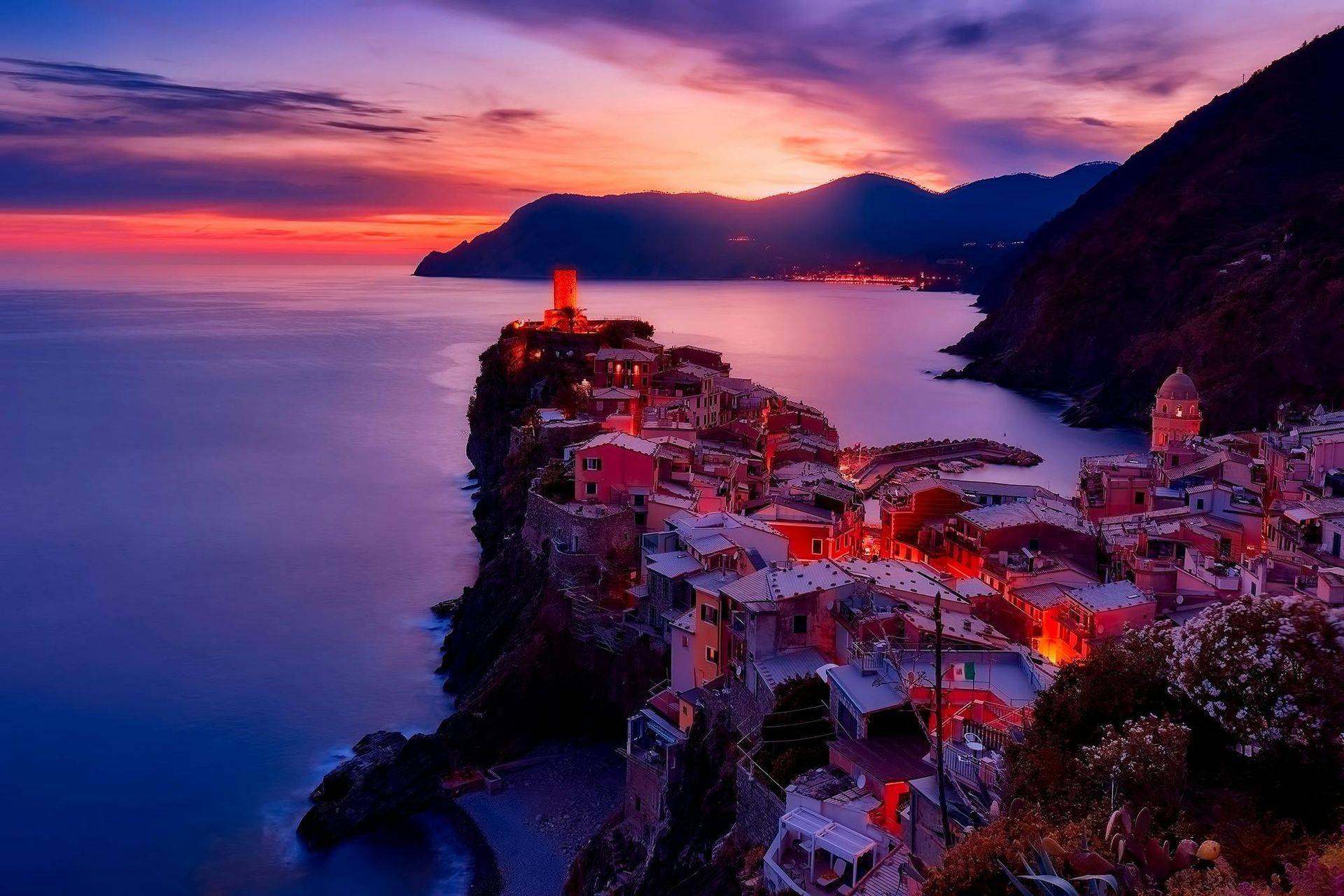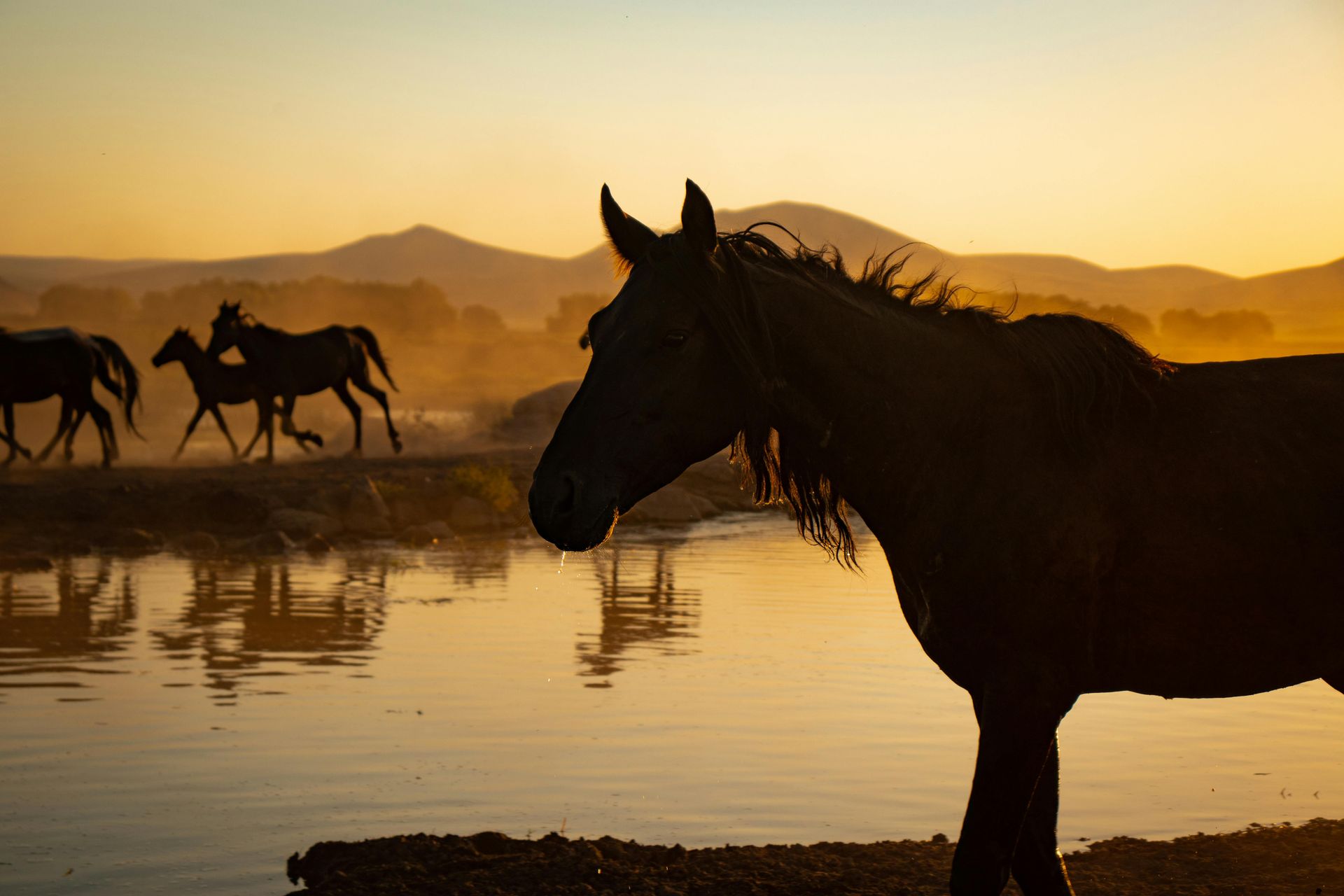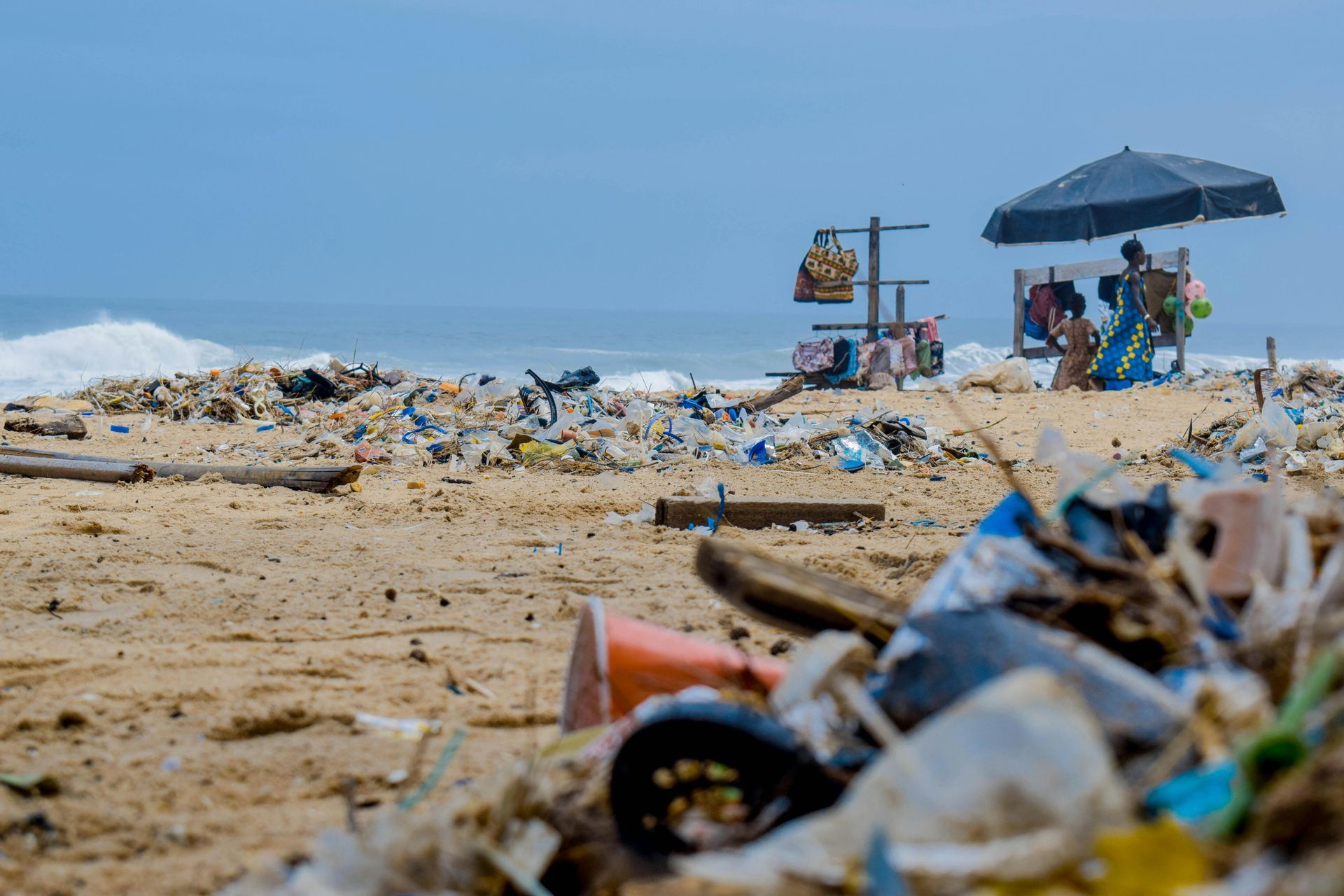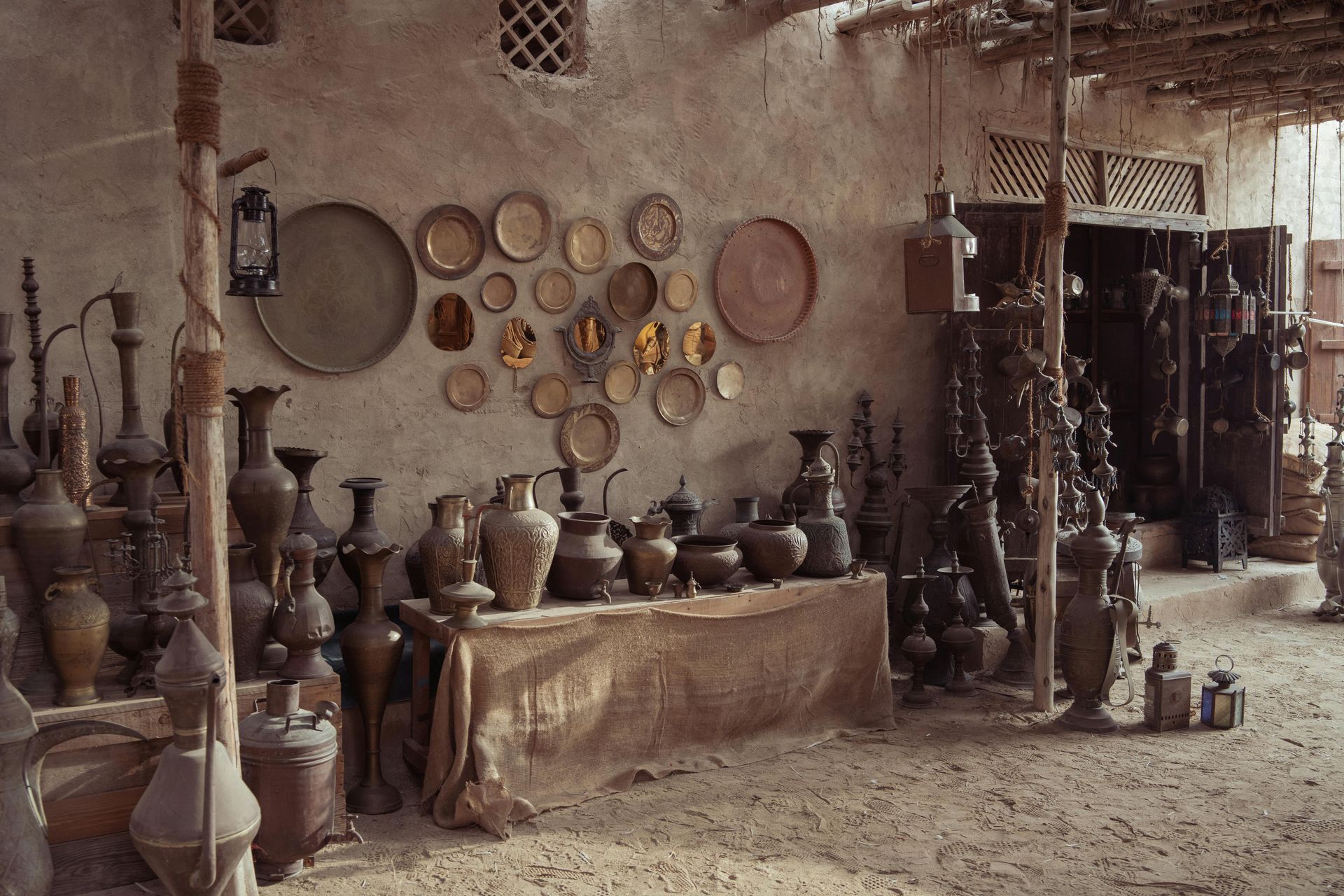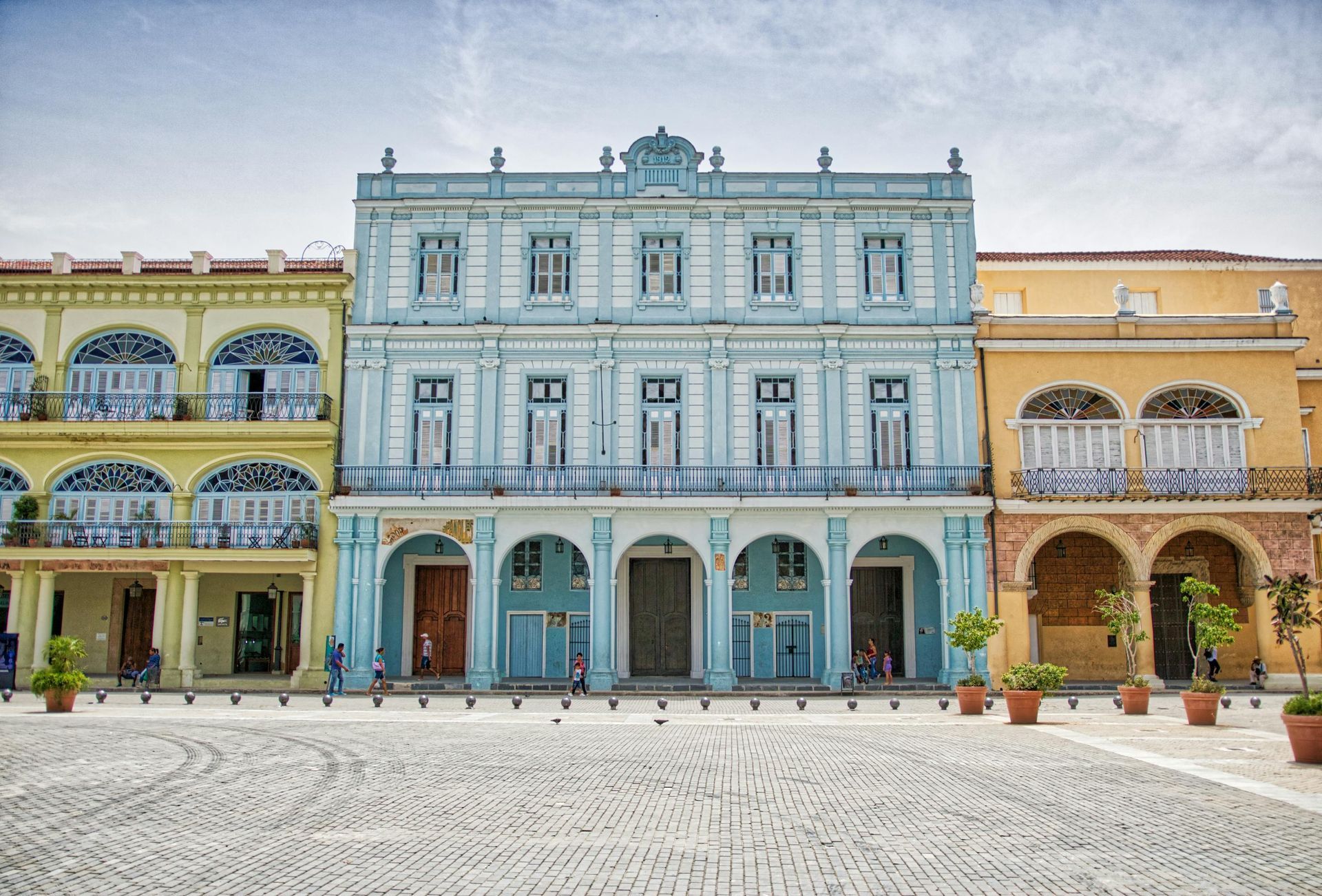Regenerative Travel: Why Tourism Needs More Guts
Regenerative Travel: Why Tourism Needs More Guts
We’ve spent decades selling tourism as an escape. Escape from stress, from work, from everyday life. But what if the next era of travel isn’t about escape at all? What if it’s about reckoning? —with our impact, our values, and how tourism affects the places we visit?
Because right now, the global tourism system is dangerously out of balance.
Across Europe and beyond, headlines tell of rising hostility towards tourists. Locals being priced out of their own neighbourhoods. Iconic cities becoming stage sets for visitor consumption, while the communities that give them life are forced to the margins.
This isn’t a post-pandemic trend. It’s a symptom—of overexposure, fatigue, and an extractive tourism model that takes more than it gives.
Once a destination sells itself out, it’s hard to buy it back.
The solution? Regenerative travel. But let’s be clear: this isn’t about planting a tree to offset a flight. Or adding a “green badge” to the website.
Regenerative tourism requires guts.
It calls for designing travel with courage, conscience, and care. It prioritises smaller, slower, and fairer experiences that actively replenish rather than deplete the destinations we visit.
This isn’t about banning tourism. It’s about reshaping it.
Moving Beyond Sustainability
The travel industry has spent years polishing its sustainability credentials. Eco-certifications are everywhere, travellers are nudged to offset, and governments release glossy pledges to reduce tourism’s environmental footprint.
But as we’ve written before, sustainability isn’t a finish line—it’s damage control.
- Sustainability asks: "How can we do less harm?"
- Regeneration asks: "How can we do more good?"
This distinction matters. Regenerative tourism aims to improve the health of a place—culturally, socially, and ecologically—because of tourism, not in spite of it. It's about protecting local identities, supporting livelihoods, and fostering reciprocal relationships between travellers and communities.
But how do we get there?
It requires a shared effort from all stakeholders— including (but not exclusively)from tourists, tourism authorities, and the hospitality industry.
How to Travel Regeneratively
1. The Tourist: Choose Truer Trips, Not More Trips
We all love to travel. But the truth is, we travel more than necessary—and less meaningfully than possible.
Cheap flights, bucket lists, and the dopamine hit of “done that” have normalised hypermobility. But hypermobility isn’t harmless. Every trip has a cost— carbon emissions, cultural dilution, community displacement.
So the regenerative traveller starts by asking honest questions:
- Why am I going? Is this trip about growth, connection, or curiosity—or am I escaping, consuming, collecting?
- How will I show up? Will I follow the rhythm of the place or impose my own?
- What will I leave behind? Will my presence strengthen the community, or strain it?
How to take action:
- Prioritise depth over breadth: stay longer in fewer places.
- Support independent, local businesses.
- Respect cultural norms and seek consent when photographing people.
- Circulate money within the community.
- Opt for land-based, slower travel when possible.
It also means holding ourselves accountable for the environmental cost of travel. We can’t avoid emissions entirely—but we can avoid unnecessary trips and reduce flights.
This isn’t about guilt. It’s about integrity.
2. Tourist Authorities: Manage Tourism, Don’t Just Market It
For decades, tourism boards have focused almost entirely on promotion: “Visit now!” “More tourists = more growth!”
But growth without balance leads to burnout— of places, people, and ecosystems.
Managing tourism today means more than setting visitor caps—it means rethinking the metrics of success. Tourist boards must move from reactive marketing to adaptive leadership: experimenting with new policies, co-creating with communities, and evolving based on lived realities. The goal isn’t perfection—it’s progress that centres the needs of residents and the resilience of place.
Case studies:
- Amsterdam is now actively discouraging party tourism to protect its residents.
- Bhutan limits visitor numbers and charges daily fees to fund social and environmental programs.
These models aren't universal solutions—but they prove it's possible to prioritise place over profit.
Tourism policies also need to tackle housing crises driven by short-term rentals. When locals are displaced to make room for tourists, it’s no longer tourism—it’s extraction.
Managing tourism requires bold policies—and guts.
3. The Hotelier: From Hospitality to Stewardship
Hotels, villas, and resorts are often the frontline between tourists and destinations. That gives hoteliers significant influence—not just over guest experience, but over the social and ecological health of their communities.
Regenerative hospitality goes beyond checking green boxes. It asks:
- Are we hiring locally at all levels and paying living wages?
- Are we sourcing food, furniture, and services from the community?
- Are we restoring ecosystems, not just minimising waste?
- Are we fostering cultural integrity through authentic partnerships, not appropriation?
- Are we educating guests about the place’s history and traditions truthfully?
Regenerative hoteliers know they are guests as much as hosts. Stewardship begins with listening—to community leaders, local storytellers, artisans, and the land itself. Instead of imposing luxury from the outside, they co-create value from within. They understand that hospitality, at its best, is an act of relationship—not just service.
True travel isn’t about infinity pools—it’s about thoughtfulness, integrity, and deep connection to place.
Regenerative hoteliers understand they’re not just selling rooms. They’re guardians of place.
Regenerative Tourism in Practice: Global Examples
Real-world examples are emerging across the globe:
- New Zealand’s Tiaki Promise encourages visitors to care for people and place.
- Slovenia promotes green destinations and awards sustainability certifications tied to local benefit.
- Costa Rica reinvests tourism income into conservation and education.
These examples show that regenerative tourism isn’t theory—it’s happening. But it needs wider adoption.
Are We Ready to Change?
Regenerative tourism isn’t a marketing gimmick—it’s a movement. A challenge.
It asks:
- Tourists to travel with intention, not ego
- Tourist authorities to protect communities, not just promote destinations
- Hoteliers to act as stewards, not just service providers
This is not the easiest path—but it’s the necessary one.
Regenerative travel doesn’t come with a map—but it begins by asking better questions, centring the right voices, and choosing courage over convenience.
If we keep selling escape, we’ll keep speeding toward cultural and ecological collapse.
If we design travel with guts, we can transform tourism into a force for healing and regeneration.
The question is no longer can we change.
It’s will we?



